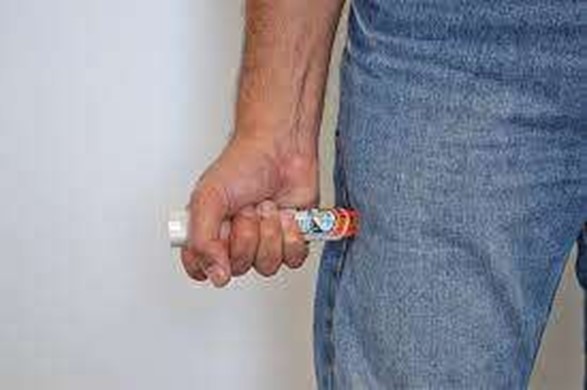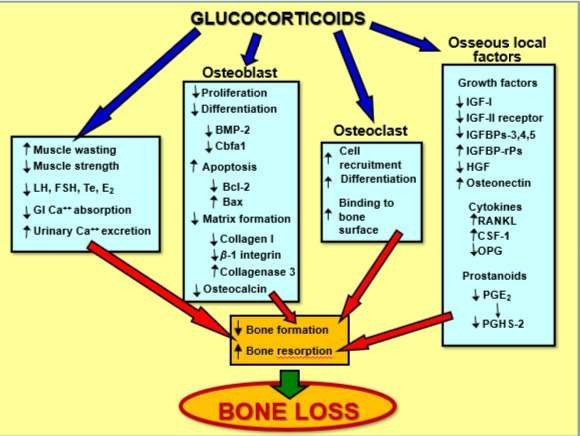A nurse is reviewing the laboratory report of a client who has bipolar disorder prior to the administration of lithium carbonate. The client's lithium level is.6 mEq/L.
Which of the following actions should the nurse take?
Assist the client to a left lateral position.
Implement fluid restrictions.
Request a dosage increase from the provider.
Prepare the client for hemodialysis.
The Correct Answer is C
- A. Assist the client to a left lateral position.
- This is generally used for clients at risk of aspiration, and it's not indicated based on the lithium level.
- B. Implement fluid restrictions.
- Fluid restrictions are usually implemented when there is a risk of fluid overload or hyponatremia, and not in this case. In fact, dehydration can raise lithium levels to toxic levels, so proper hydration is important.
- C. Request a dosage increase from the provider.
- While 0.6 mEq/L is within the therapeutic range, some providers may want to see a level slightly higher for maintenance. So requesting a dosage increase from the provider is the correct action.
- D. Prepare the client for hemodialysis.
- Hemodialysis is used to remove lithium from the blood in cases of severe lithium toxicity, which is indicated by levels significantly higher than 1.5 mEq/L. This is not needed when the lithium level is 0.6 mEq/L.
Nursing Test Bank
Naxlex Comprehensive Predictor Exams
Related Questions
Correct Answer is C
Explanation
The nurse should instruct the client to administer the medication through clothing if necessary.

In an emergency, an epinephrine auto-injector can be given through clothing.
Choice A is wrong because massaging the site after injection is not mentioned as something to avoid in the instructions for using an epinephrine auto-injector.
Choice B is wrong because the medication should be injected into the outer thigh, not the abdomen.
Choice D is wrong because aspiration prior to administration of the medication is not mentioned as a necessary step in the instructions for using an epinephrine auto-injector.
Correct Answer is D
Explanation

Prednisone is a corticosteroid that can be used to treat rheumatoid arthritis and other conditions by reducing inflammation and suppressing the immune system.
However, long-term use of prednisone can cause side effects, including bone loss.
Choice A is wrong because liver toxicity is not a common side effect of prednisone.
Choice B is wrong because hypoglycemia is not a common side effect of prednisone; instead, elevated blood sugar is a possible side effect.
Choice C is wrong because hemolytic anemia is not a common side effect of prednisone.
Whether you are a student looking to ace your exams or a practicing nurse seeking to enhance your expertise , our nursing education contents will empower you with the confidence and competence to make a difference in the lives of patients and become a respected leader in the healthcare field.
Visit Naxlex, invest in your future and unlock endless possibilities with our unparalleled nursing education contents today
Report Wrong Answer on the Current Question
Do you disagree with the answer? If yes, what is your expected answer? Explain.
Kindly be descriptive with the issue you are facing.
